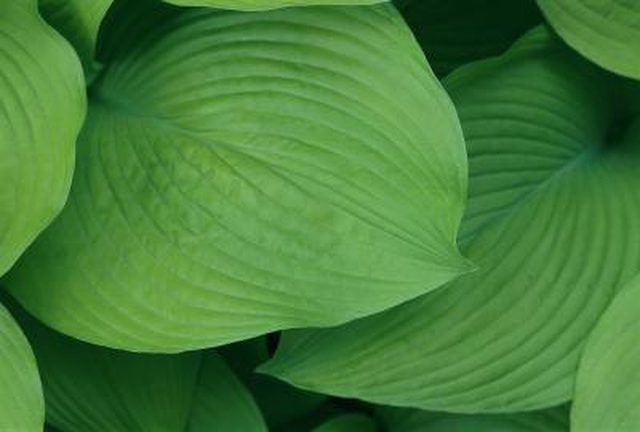Bulbs
Flower Basics
Flower Beds & Specialty Gardens
Flower Garden
Garden Furniture
Garden Gnomes
Garden Seeds
Garden Sheds
Garden Statues
Garden Tools & Supplies
Gardening Basics
Green & Organic
Groundcovers & Vines
Growing Annuals
Growing Basil
Growing Beans
Growing Berries
Growing Blueberries
Growing Cactus
Growing Corn
Growing Cotton
Growing Edibles
Growing Flowers
Growing Garlic
Growing Grapes
Growing Grass
Growing Herbs
Growing Jasmine
Growing Mint
Growing Mushrooms
Orchids
Growing Peanuts
Growing Perennials
Growing Plants
Growing Rosemary
Growing Roses
Growing Strawberries
Growing Sunflowers
Growing Thyme
Growing Tomatoes
Growing Tulips
Growing Vegetables
Herb Basics
Herb Garden
Indoor Growing
Landscaping Basics
Landscaping Patios
Landscaping Plants
Landscaping Shrubs
Landscaping Trees
Landscaping Walks & Pathways
Lawn Basics
Lawn Maintenance
Lawn Mowers
Lawn Ornaments
Lawn Planting
Lawn Tools
Outdoor Growing
Overall Landscape Planning
Pests, Weeds & Problems
Plant Basics
Rock Garden
Rose Garden
Shrubs
Soil
Specialty Gardens
Trees
Vegetable Garden
Yard Maintenance
The Process of Transpiration in Vascular Plants
The Process of Transpiration in Vascular Plants. If you've ever wondered how trees transport water all the way from roots to crown, you might be surprised to learn that transpiration -- water loss in the leaves -- is involved. To draw up water, plants must lose water through transpiration.

If you've ever wondered how trees transport water all the way from roots to crown, you might be surprised to learn that transpiration -- water loss in the leaves -- is involved. To draw up water, plants must lose water through transpiration.
Features
Each leaf has microscopic pores in its underside called stomata ringed by sausage-like cells called guard cells. The leaf cells need carbon dioxide for photosynthesis, so gas exchange takes place through these pores. The air comes in contact with plant cell surfaces at air spaces inside the leaf. Since the cells are full of water, these air spaces quickly become saturated with water vapor.
Function
Most of the time, the air outside the leaf is drier and poorer in water vapor than the air spaces inside the leaf, so water vapor diffuses outwards in a process called transpiration. Plants can limit the amount of water vapor they lose by closing their stomata. Many plants do so at night, when they are no longer performing photosynthesis.
Significance
Transpiration helps generate the force needed to pull water up the plant's stem. In leaf cells, the surface of the water in the pores of their cell walls curves inwards as the cell loses water to transpiration. Water has high surface tension, so this curvature pulls more water out of the cell, generating a negative pressure that draws water up the stem like sucking it through a narrow straw.